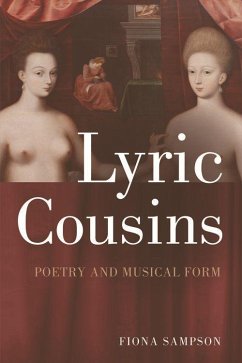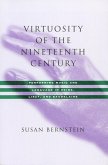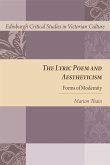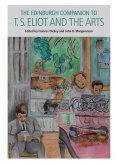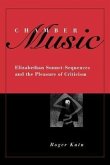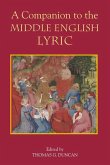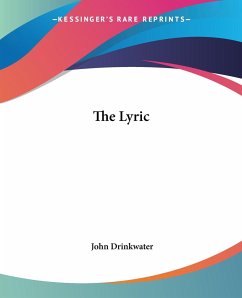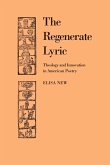'Described by its author as a "thought experiment", it is evident within a few pages that this book is so much more. Drawing on her rare combination of insights as a poet, critic and musician, as well as her background in health-care, Fiona Sampson has produced a remarkable new work of aesthetics. As creatively inventive as it is critically astute, the connections and insights of this book will be essential reading for anyone concerned with poetry or music, or more broadly with the place and reception of the arts in society.' Michael Symmons, Professor of Poetry, Manchester Metropolitan University Leading poet, critic and former musician explores the 'deep forms' common to both poetry and music Today, poetry and art music occupy similar cultural positions: each has a tendency to be regarded as problematic, 'difficult' and therefore 'elitist'. Despite this, the audiences and numbers of participants for each are substantial: yet they tend not to overlap. This is odd, because the forms share early history in song and saga, and exhibit some striking similarities, often summed up in the word 'lyric'. These similarities include much that is most significant to the experience of each, and so of greatest interest to both practitioners and audiences. They include: the way each art form is aural; a shared reliance on temporal, rather than spatial, forms; engagement with sensory experience and pleasure; an availability for both shared public performance and private reading, sight-reading and hearing in memory; and scope for non-denotative meaning. In other words, looking at these elements in music is a way to look at them in poetry, and vice versa. Fiona Sampson studied violin at the Salzburg Mozarteum, Menuhin Academy Gstaad and Royal Academy of Music, where she won the John Waterhouse year prize. Now Professor of Poetry at the University of Roehampton, she has worked as an editor, translator and critic of poetry; her own poetry is widely translated and has received a number of national and international awards. Cover image: Gabrielle d'Estrées and one of her sisters, unknown artist, c.1594, public domain work courtesy of Wikimedia Commons Cover design: [EUP logo] edinburghuniversitypress.com ISBN 978-1-4744-0292-7 Barcode
Hinweis: Dieser Artikel kann nur an eine deutsche Lieferadresse ausgeliefert werden.
Hinweis: Dieser Artikel kann nur an eine deutsche Lieferadresse ausgeliefert werden.

